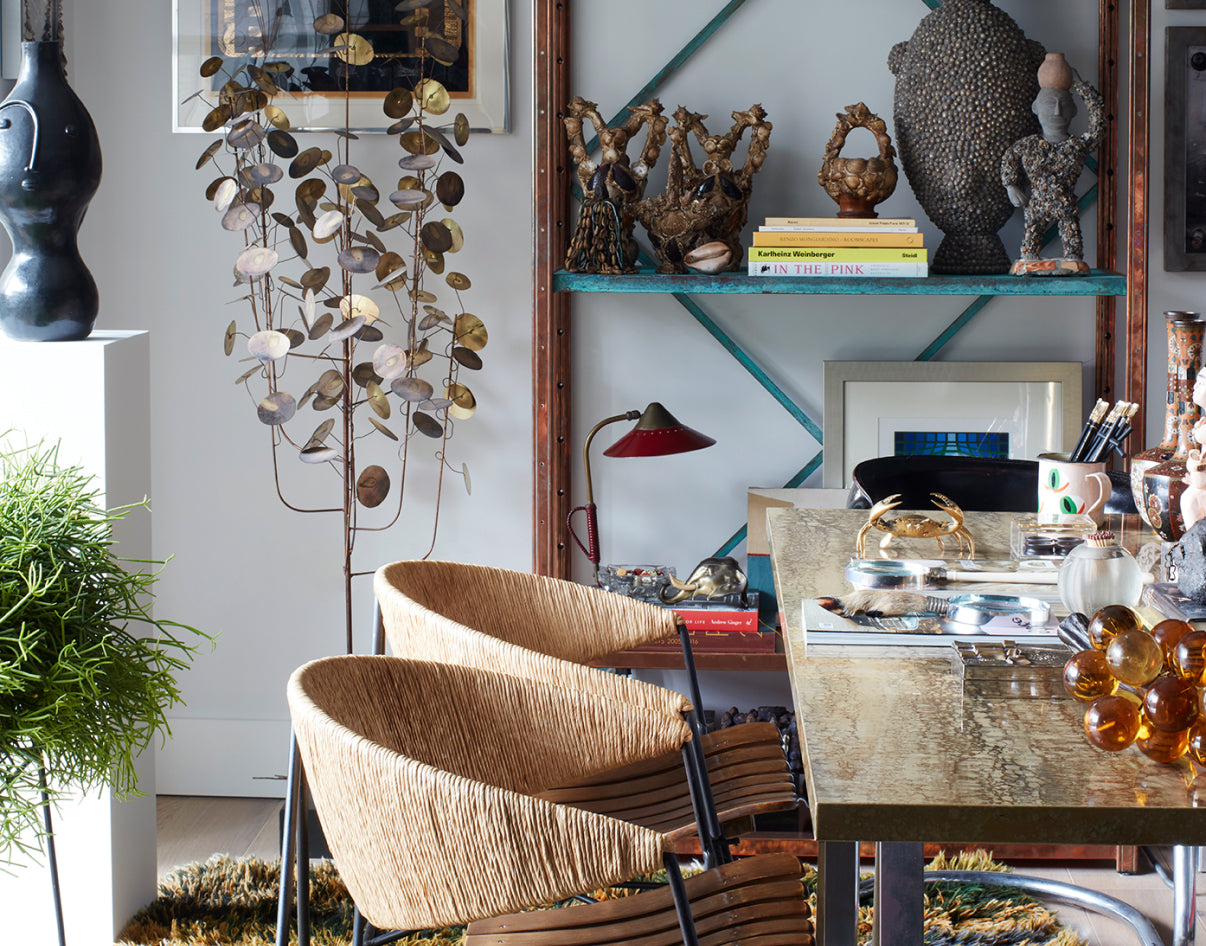
Share
The art of layering vintage and antique finds in your home
Passionate collector Hubert Zandberg shares simple rules to help you create a coherent interior with even the most eclectic collection of pieces
Words by Elizabeth Metcalfe
FREE DELIVERY on all orders over £200 and FREE RETURNS
FREE DELIVERY on all orders over £200 and FREE RETURNS

Passionate collector Hubert Zandberg shares simple rules to help you create a coherent interior with even the most eclectic collection of pieces
Words by Elizabeth Metcalfe
For Hubert Zandberg, interior designer and founder of the eponymous studio, the process of pulling together vintage and antique finds seems almost instinctive. Cast your eye over any of the interiors he has created since launching his design studio 20 years ago and what unites them is collections of vintage objects, arranged in coherent yet intriguing vignettes.
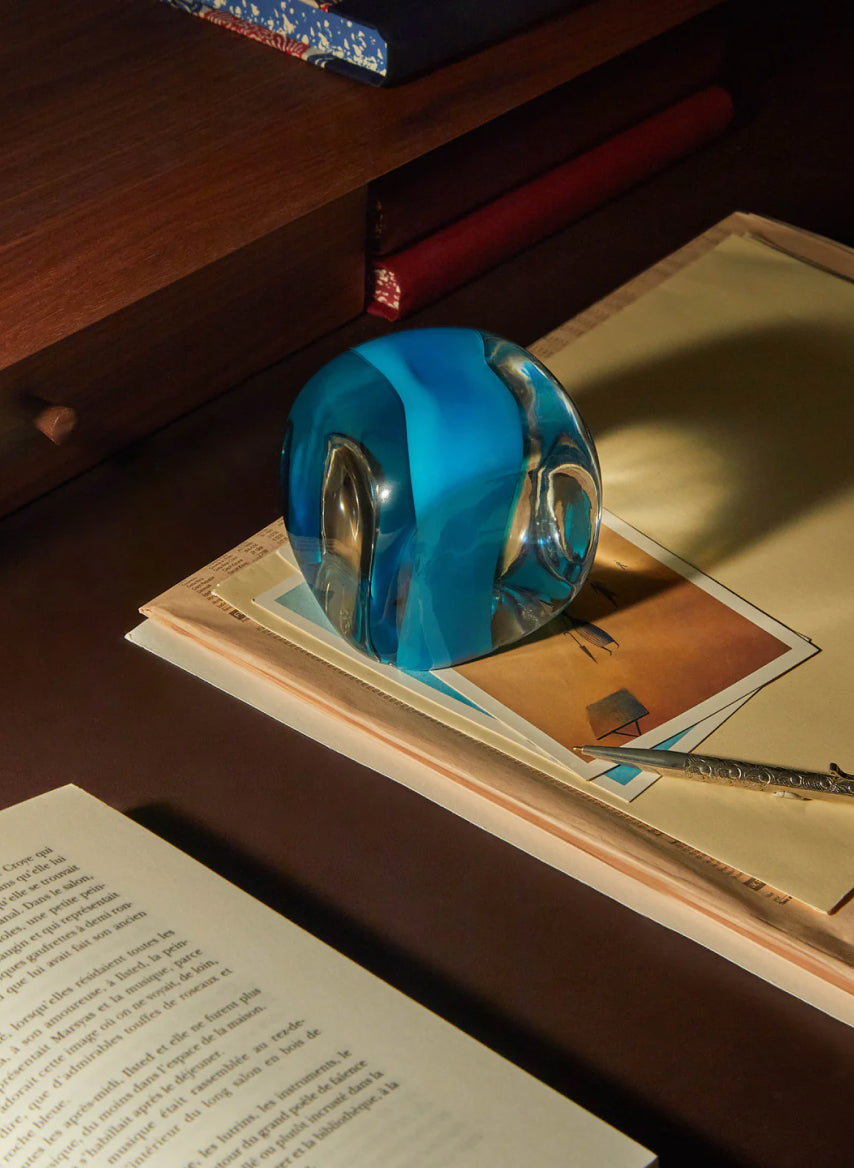
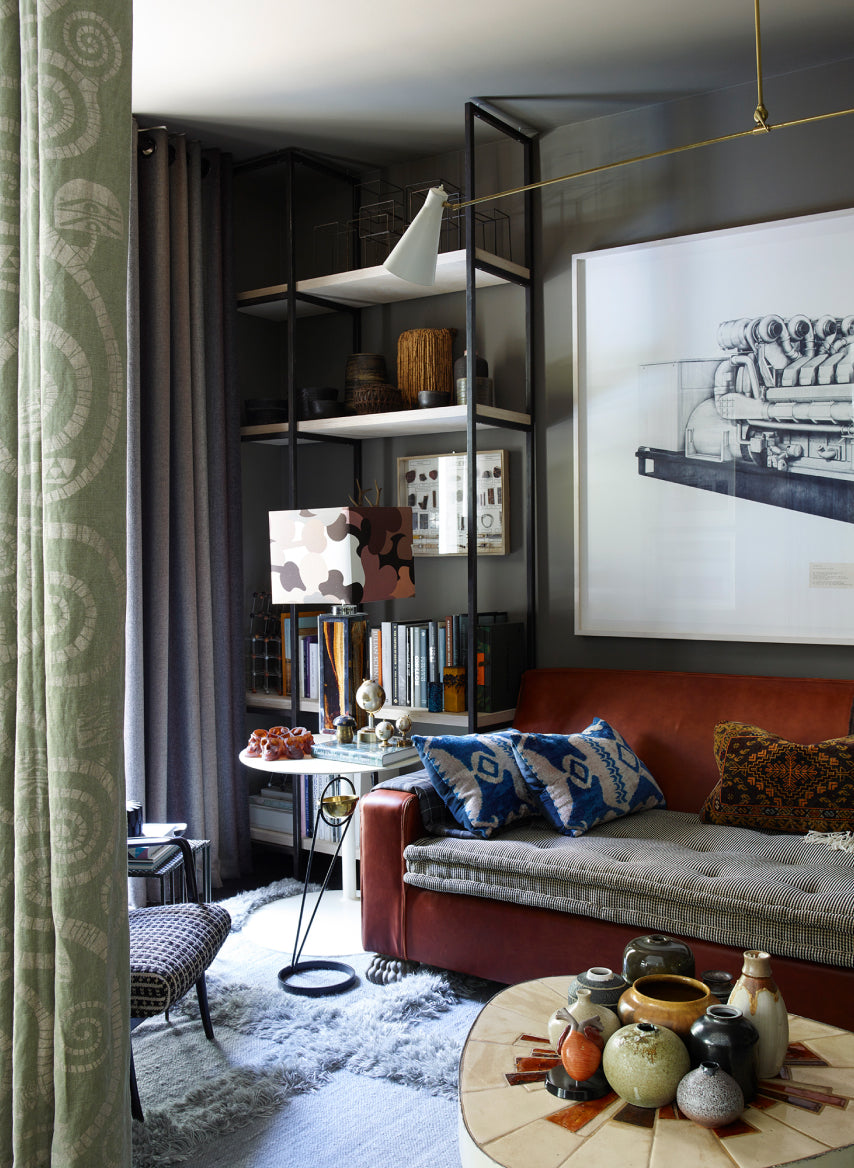

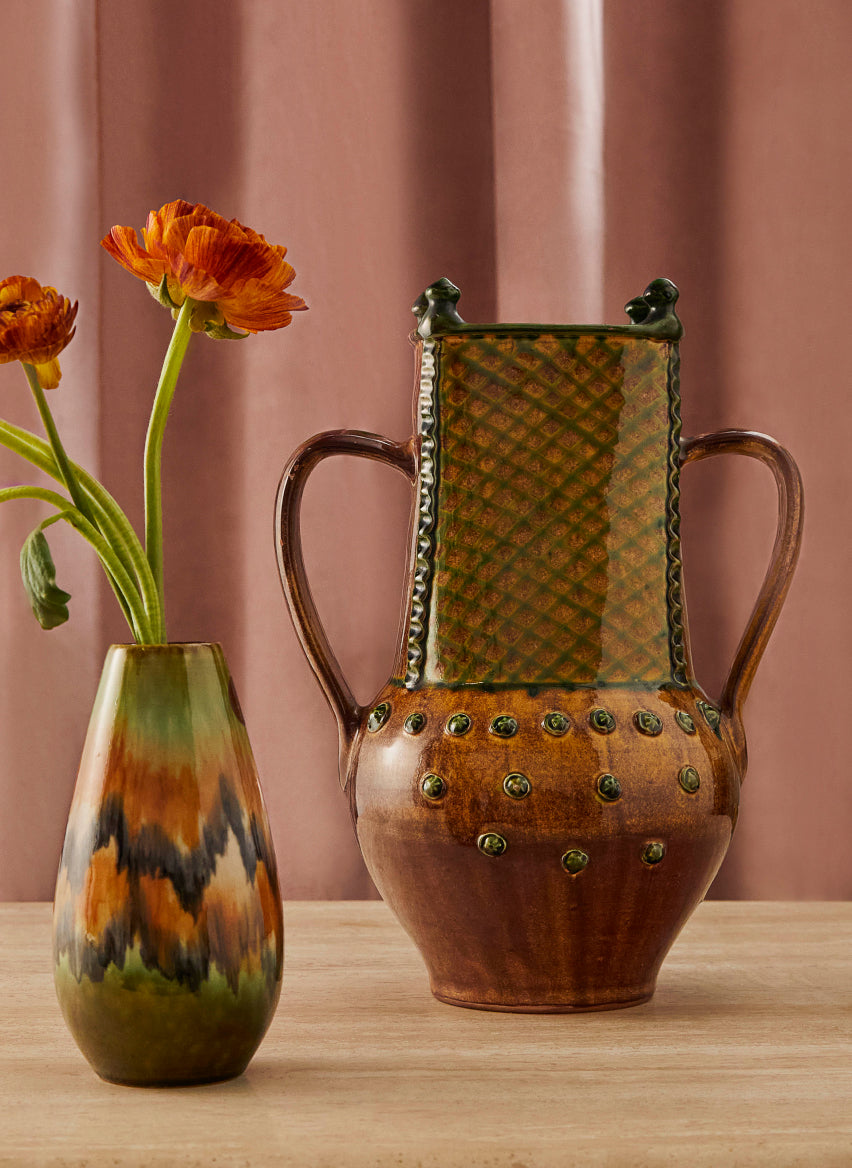
“What excites me about collecting is the energy between objects and the dialogues things form with each other,” says Zandberg, a self-confessed collector since the age of 5, who is known for his maximalist and eclectic style. “The pieces you are drawn to ultimately reflect your own personal narrative.”
Not everyone shares this sense of ease – when it comes to collecting and then bringing together a seemingly disparate array of objects to create a coherent interior, many of us fear recreating our grandmothers’ living rooms. What if you simply don’t have the knack?
Thankfully, Zandberg thinks this is a skill that can be worked on. “It’s about creating a space that is authentic to you,” he explains, comparing a room layered with antiques to a piece of good writing. “It can be very complex, but if it is well punctuated then it is legible.”
Buoyed by his encouragement, we asked for his top tips on collecting antiques and how to layer them.
When it comes to collecting, put the effort in. Scrolling online doesn’t have anywhere near the same energy as physically visiting fairs and shops, so find out what flea markets and fairs are near you and make time to visit them. In London, visit Portobello Road, or Sunbury Antiques Market at Kempton Park Racecourse and find fantastic things for next to nothing.
If you’re travelling, work out which markets are close by and give yourself 2-3 hours to stroll. At worst you’ll find a good bit of street food, but it’s very likely you’ll discover something you would otherwise not have encountered. That’s how I discovered Brazilian modernist furniture – I’d had too much sunshine on holiday in Rio, so I ventured to the flea markets.
You have to be genuinely interested in what you are collecting. If not, call on someone who is interested, such as an interior designer, or look to Abask’s curated edit of Antique and Vintage pieces – everything from mid-century silver cigar boxes to Murano glasses – which have been sourced from across the world by some of the best dealers.
People get so nervous about collecting and putting pieces together in their homes, but ultimately you should treat this as an extension to your own personal story. Don’t fake it. I often say to my clients that working out your taste is a case of learning how to be true to yourself. Very often, the pieces you are drawn to will have a coherence because you’re acting on your instinct. Equally, remember that pieces that go off in different directions can bring visual interest.
If you’re struggling to work out what pieces you like or how to arrange them in an interior, look to other sources for inspiration. It’s about finding something you understand and then interpreting that for an interior. For true originality, venture beyond your Instagram feed. If there is a painting you particularly like, look at the colours, the textures and the forms and take inspiration for pulling together your own vignettes. Or if you’re in Venice, look at the details – the bell next to the door, the mosaic on the threshold, the pole on gondolas, for instance.
Research styles and know what to look for. The only reason dealers are more powerful than us is because they are experts in their area, but we can easily all become experts because information is free and quickly available. If, for instance, you’re buying a piece of silver, check the hallmark on it, find out what it is plated in and where it was made. The knowledge will empower you to spot similar pieces in the future.

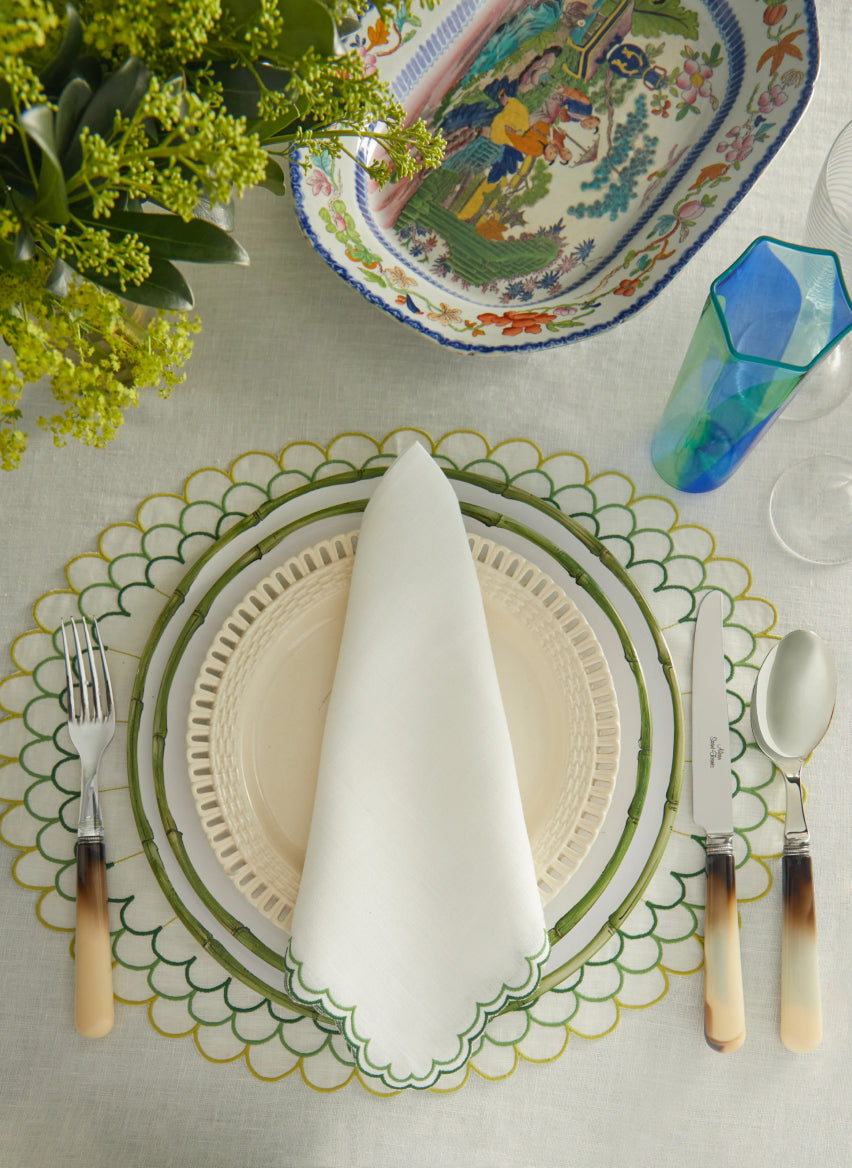
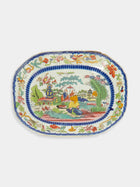
Talk to dealers and form proper relationships. I collect 20th-century art and photography books and for years I would have these 2am phone conversations with a man named Larry, who runs a bookshop in Los Angeles. I learnt so much from talking to him and years later when I finally got to visit him, it felt like meeting a long-lost friend.
It can also be helpful to talk through your ideas for how to combine pieces with people whose taste you admire. This doesn’t have to be an interior designer – it could be a friend who has a nice house or even a dealer who has an eye for pulling together pieces.
If you see a piece and it immediately gives you pleasure, it will almost invariably work in your home. Remember, you are not about to start gluing it to the table or bolting it to your floor: there is always the potential to move something. If it doesn’t immediately work, put it in a cupboard and look at it later. Sometimes it can be a process of trial and error, but crucially your home should be fun.
Very often, I will look at a vignette I have created and see a dialogue between the pieces that I never conceived when I bought each of them or placed them together. It’s almost unconscious. My advice is to keep moving pieces around until you create the perfect vignette and find the right dynamic between the pieces.
I often think that maximalists are in fact closet minimalists – in other words, you need to have calm within the storm so that the eye can deal with the layering of pieces. Get the bones, structure and palette of the room right and then start layering up your finds. This way density and richness is presented in a way that is easy for the eye to process.
As with so many things, my approach is all about buying better and less – I’m drawn to those pieces that have longevity. Look for good-quality pieces that will be able to take patina. Buy that wooden bowl that will be all the better if it cracks, or the old kitchen table that already has the stain of a wine glass and is all the more valuable for it.
Be in it for the long haul, however frustrating that may feel. Only very few stylists can conjure up a home that feels as if it has been lived in for years, and you need to develop your collection and interior over time. That is actually the beauty of it – your home and collected pieces will end up being a very authentic representation of you and how you have evolved personally over the years.
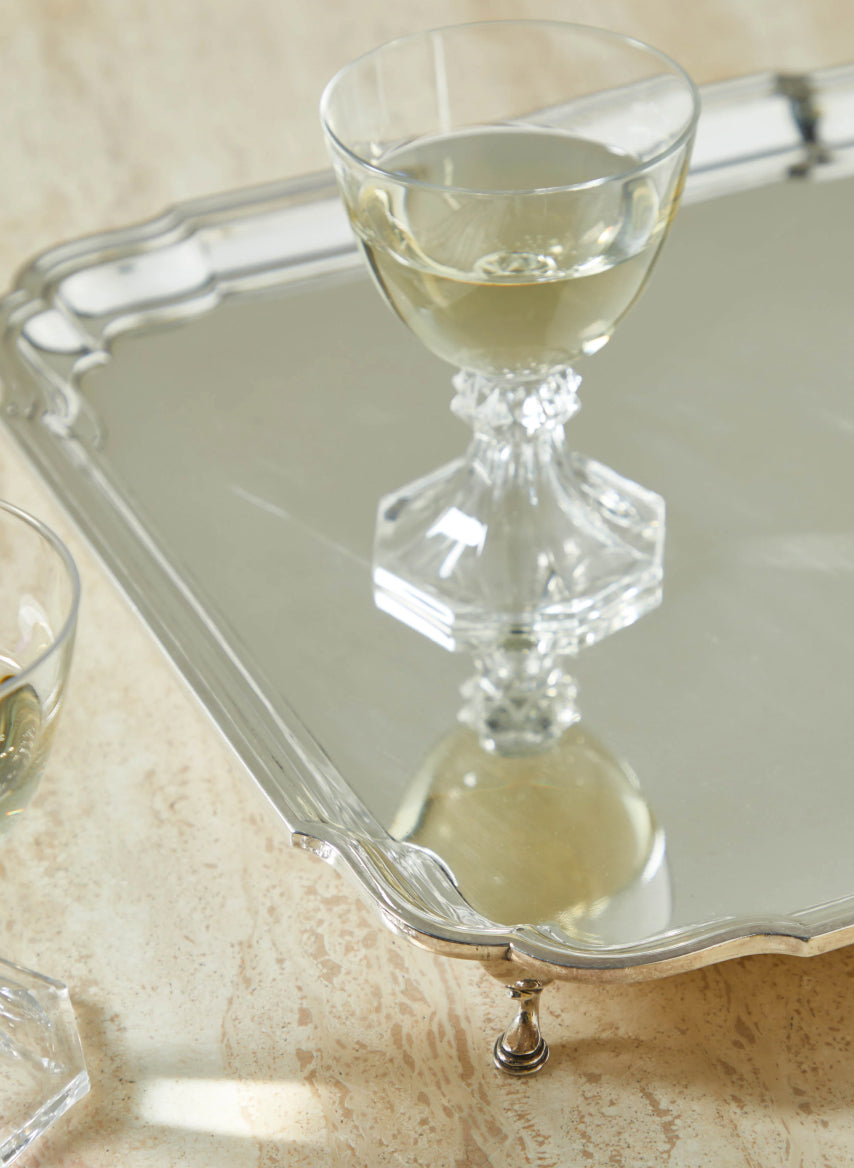
Spend £200 more to enjoy free delivery
Your Shopping Bag is currently empty